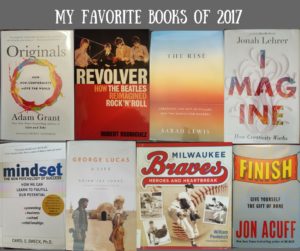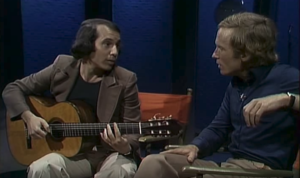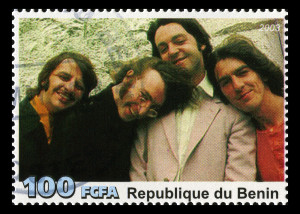I recently saw this video of Paul Simon on the “Dick Cavett Show” performing a partially finished “Still Crazy After All These Years.” You can listen to the completed version here. There’s three lessons in this video – it’s okay to ask for help, give your audience a chance to be an insider and show your process.
Paul Simon, Asking for Help, Being an Insider and Showing Your Process
My Favorite Books of 2017
 I found myself in the company of some wonderful books in 2017. Some I had previous experience with the authors’ work and was interested in reading something new, others were recommendations, one was a gift, while others I discovered on my own. No matter how these books found their way into my life, I’m glad they did. I’m a better person for having read them.
I found myself in the company of some wonderful books in 2017. Some I had previous experience with the authors’ work and was interested in reading something new, others were recommendations, one was a gift, while others I discovered on my own. No matter how these books found their way into my life, I’m glad they did. I’m a better person for having read them.
What Does Your Dream Job Look Like?
The 5 Most Underrated Songs by the Beatles
The amount of songs written and recorded by the Beatles is staggering. With a recording career that spanned just over 7 years they released 13 albums and 22 singles (enough to fill 2 more albums known as Past Masters Vol. 1 & 2).



Follow Me!